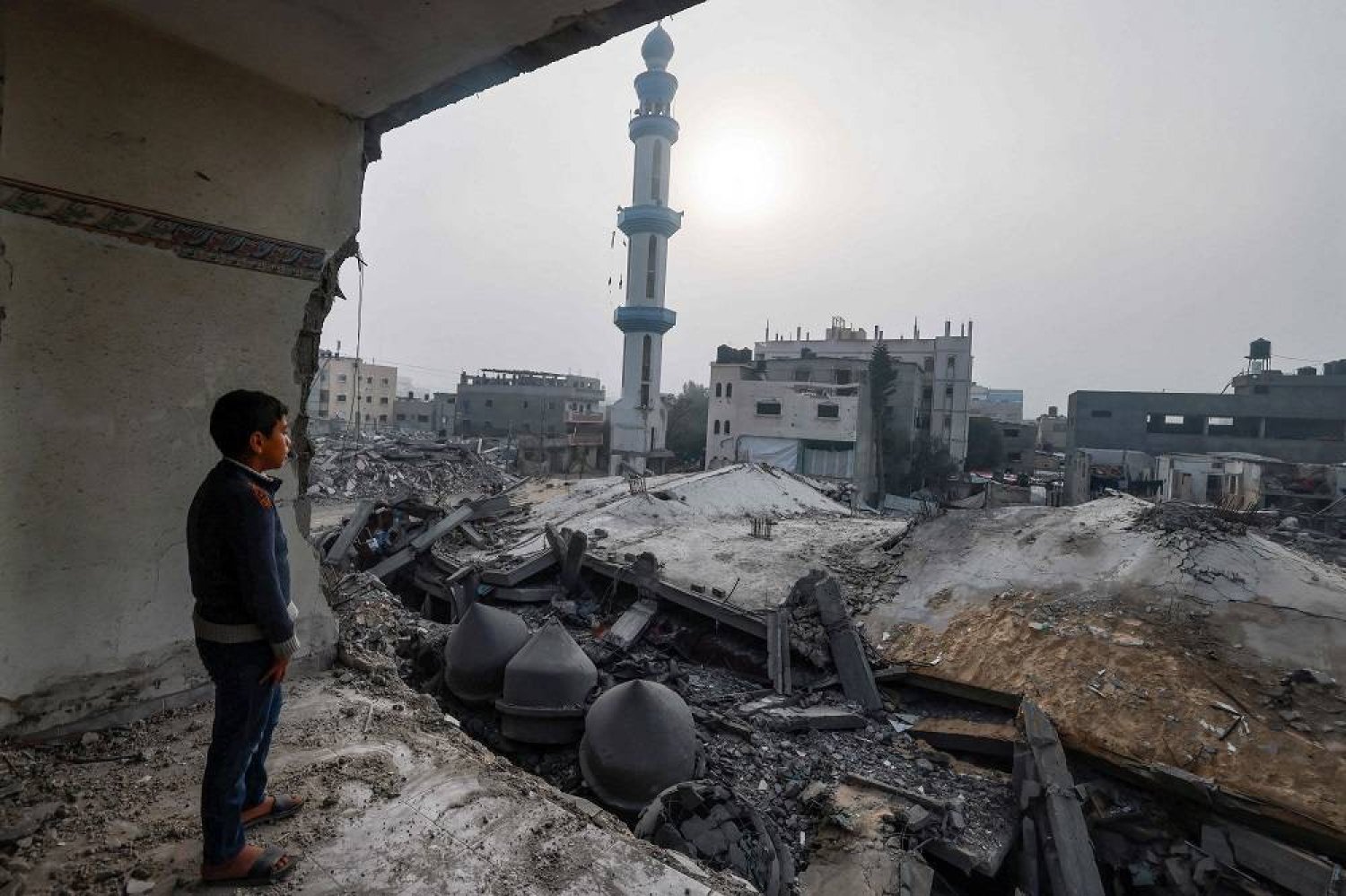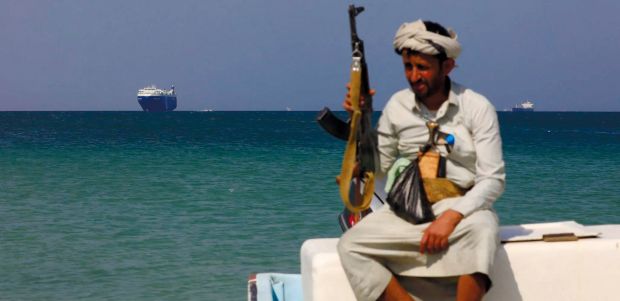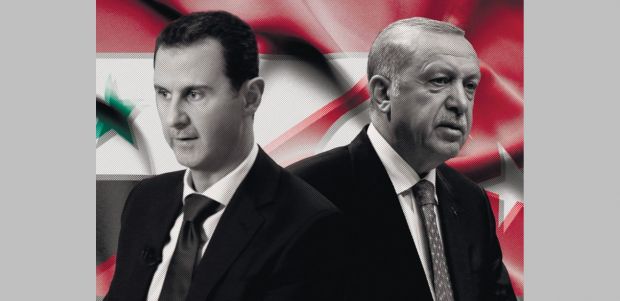
Apparently, tensions between Iran and Iraq over the Kurdish armed groups have subsided. On September 22, at a military parade marking the 43rd anniversary of the war with Iraq, Iranian President Ebrahim Raisi said that the Iraqi army was withdrawing Kurdish forces from the border with Iran. At the same time, he made a statement about a planned visit of Iranian army officials to Iraq to clarify this information.
Back in August, the Iranian authorities warned Baghdad to fulfil this task until September 19. Otherwise, the Iranian army promised to resume military operations against Kurdish separatist groups in the border zone and on the territory of Iraq. But on September 9, Iraqi Prime Minister Mohammed Shia' al-Sudani said that Kurdish armed groups have been withdrawn from the border. He added, however, that the Iraqi authorities had failed to bring all the groups together. Meanwhile, Iraqi National Security Adviser Qasim al-Araj visited Erbil and discussed the future of Kurdish fighters with local authorities.
According to the Iraqi prime minister, Baghdad has additionally deployed 3,000 troops on the border with Iran and spent $200m to strengthen border security. Border security and withdrawal of Iraqi armed groups were the main topics of discussion between the Iraqi Foreign Minister and his Iranian counterparts during his visit to Tehran on September 13. The Interior Minister of the Kurdish Autonomous Region of Iraq also visited Tehran before that.
At a press conference in Tehran on September 13, Iraqi Foreign Minister Fuad Hossein said Iraqi authorities would not allow any group to use the Iraqi territory to attack another country. He added that the Iraqi government had disarmed armed groups on the border with Iran and set up UN-supervised refugee camps to house them.
So, according to the September 22 statement of the Iranian president, there was no more threat of military intervention in Iraq. But how reliable is this process? Can tensions in the border zone escalate again? These questions are still open, as the past experience and the current political situation show a high risk of a relapse.
Old new problem: the Kurdish question
Iran suffers from the Kurdish question to the same extent as the other three countries in the region (Türkiye, Iraq and Syria). The history of armed uprisings under the slogans of independence or self-government for the Kurdish population compactly living in the western regions of Iran spans hundred years. During the Second World War, Iranian Kurds backed by foreign countries, including the USSR, became active and proclaimed the so-called Kurdish State in Mehran. However, by the end of the war, the leading world powers gave the Iranian Shah the go-ahead to liquidate the Kurdish state in the same way as he did with the independence movement of South Azerbaijan. But this did not stop the Kurdish separatist movement in Iran. In the following years, Iranian Kurds hiding in Iraq and other countries of the region continued their activities against Tehran.
The Kurds staged the next mutiny after the Islamic Revolution in Iran in the early 1980s. However, the newly established Islamist government of the country, quite powerful by that time, soon defeated the Kurds and other opposition groups and became the only ruling power in Iran. This triggered the groups representing Kurdish political movements in Iran to settle mainly in Iraq—Iran's enemy at the time. The settlement of Iranian Kurds in the mountainous and impenetrable terrain close to Iranian borders, as well as the proximity to Iraqi Kurds made Iraq attractive to Iranian Kurdish organisations. A similar situation was observed with Kurdish groups in Turkey and Syria.
In parallel, Iran has periodically conducted military operations against Kurdish organisations known for armed attacks against Iranian government forces and their declared intention to establish Kurdish autonomy in Iran. For example, in 1996 the three thousandth operative group of the Iranian army crossed into the territory of Iraq and attacked the camp of the Kurdish Democratic Party of Iran in the district of Koya, thereby drawing Iranian-Kurdish militants away from the Iranian border. However, the pause was short.
The major centres of Kurdish organisations (PEJAAK, also known as the Iranian link of the Kurdistan Workers' Party, Kurdish Democratic Party of Iran and Komele) are located in the Kurdish autonomy of Iraq. The Iranian army periodically exposes them to artillery, missile and drone attacks.
Mahsa Amini and Kurdish unrest
The last time the Iranian army (mainly Sepah) bombed the headquarters of Kurdish groups in Iraq was last September on the grounds that they had incited protests after the infamous Mahsa Amini incident and attacked government troops using weapons delivered from Iraq.
As we know, on September 13, 2022, Mahsa Amini, an Iranian citizen of Kurdish origin, was detained by Tehran's vice police and taken to a police station on charges of non-compliance with the rules on wearing headgear. Later her condition worsened and the girl was taken to hospital. However, on September 16, Amini suddenly died. Although the heart failure was officially declared by the Iranian government as the cause of her death, the family of the deceased took the news with a grain of salt. Soon protests began in Kurdish cities of Iran. Later they spread throughout the country under the slogan Woman, Life, Freedom. The most violent of them were recorded in the Kurdish regions of Iran.
It is believed that Iran hosts about 10 million Kurds, mainly in the western regions of the country. Protests in the aftermath of Amini's death were more violent in these regions, with armed attacks on police. Later, the Iranian Interior Ministry and Sepah stated that weapons for the protesters have been imported from Iraq.
Immediately afterwards, the Iranian army began attacks on the centres of Iranian Kurdish armed groups in Iraq. However, many experts believe that the Iranian authorities are trying to divert public attention by making references to the external element of control over the protest movement in the country. This sounds like a valid argument, as Kurdish organisations in Iran have been known for similar acts of violence at all times.
According to the March 19, 2023 agreement signed between Iran and Iraq in Baghdad, the Iraqi government pledged to strengthen border security and to resettle Iranian Kurdish organisations to areas far from the Iranian-Iraqi border within one month. Otherwise, Iran promised to bomb Kurdish camps in Iraq.
For the moment being, there seems to be no dangerous situation. But how long will the tranquillity last? When will Iranian Kurdish organisations resume political and military activities against Tehran? In other words, when will their presence begin to pose a threat to Tehran again?
It is clear that the established stability in Iraq is fragile. The country faces serious terrorist threats, including from ISIL. The Iraqi government cannot ensure full control over the border with Iran, which is largely a mountainous region. Nor can any other neighbouring country. And Tehran is well aware of this.
In the past, with the deepening of chaos in Iraq, the agreement to withdraw Iranian Kurdish militias from the border with Iran reached in the 1990s was broken in the 2010s, allowing the Kurds to return to border camps.
What's next?
At least in the short term, Iran has been able to ensure the withdrawal of Kurdish groups away from its borders. However, Tehran is unlikely to stop and will continue to exert pressure on Baghdad on this issue. According to many observers, Tehran will try to push the Kurds out of Iraq altogether, at least from the border zone. As they did it back in 2016, when Irani authorities could oust the People's Mujahideen group from Iraq to Albania. Currently, Iran enjoys its more powerful position in regional politics. Tehran now holds open talks with the US, has achieved reconciliation with its main regional rival Saudi Arabia and has strengthened its position in Syria. In parallel, Türkiye has expanded the coverage of its operations in Iraq against the Kurdistan Workers' Party. In such a situation, we can expect Tehran's pressure on Baghdad to defeat Kurdish separatist groups. As to the Kurdish issue, Iran is probably trying to push on both Baghdad and Erbil (Kurdish autonomy) at the same time.
The events that unfolded after the Mahsa Amini incident, especially the armed attacks on government forces in the Kurdish regions of Iran, demonstrate the intensification of the Kurdish issue. In case of another serious incident, which is quite expected, an armed uprising against the local authorities may turn the situation into chaos in the Kurdish-populated regions of the country.
After Iraq and Syria, Iran may become the next victim of rebellious Kurdish groups. Currently, Tehran is another weak link in the Middle Eastern Kurdish ring. Perhaps, this is the reason why Tehran takes such a tough stance on the issue of Kurdish political groups.






